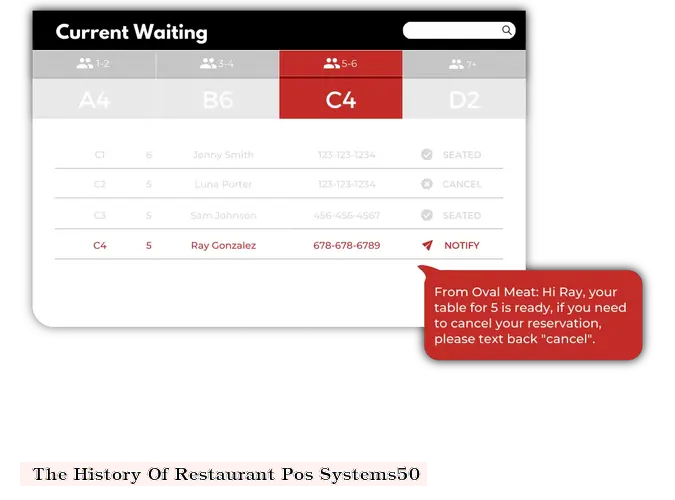

Introduction
Point-of-sale (POS) systems have revolutionized the restaurant industry, streamlining operations, improving efficiency, and enhancing customer experiences. This article explores the historical evolution of restaurant POS systems, tracing their origins to the present day.
Early Beginnings: Mechanical Cash Registers (1879)
The first mechanical cash registers were invented in the late 19th century, providing a rudimentary form of POS functionality. These devices recorded transactions on paper rolls, allowing businesses to track sales and manage cash flow.
Electronic Cash Registers (1960s)
In the 1960s, electronic cash registers emerged, replacing mechanical models. These systems used electronic displays and memory to store transaction data, offering improved accuracy and speed.
Early POS Systems (1970s)
The first true POS systems were developed in the 1970s. These systems integrated cash registers with computers, allowing for more advanced functions such as inventory management, order tracking, and reporting.
Touchscreen POS Systems (1980s)
Touchscreen POS systems became popular in the 1980s, providing a user-friendly interface for staff. These systems simplified order entry, reduced errors, and improved customer service.
Cloud-Based POS Systems (2000s)
The advent of cloud computing in the 2000s led to the development of cloud-based POS systems. These systems store data remotely, allowing restaurants to access their information from anywhere with an internet connection.
Mobile POS Systems (2010s)
Mobile POS systems emerged in the 2010s, enabling staff to take orders and process payments from anywhere in the restaurant. These systems increased flexibility and improved customer convenience.
AI-Powered POS Systems (Present)
Artificial intelligence (AI) is now being integrated into POS systems, providing advanced features such as predictive analytics, personalized recommendations, and automated tasks. These systems are expected to further enhance restaurant operations and customer experiences.
Conclusion
The history of restaurant POS systems is a testament to the continuous evolution of technology in the hospitality industry. From mechanical cash registers to AI-powered systems, POS systems have played a pivotal role in streamlining operations, improving efficiency, and enhancing customer satisfaction. As technology continues to advance, we can expect to see even more innovative and transformative POS solutions in the future.
DISCLAIMER: This information is provided for general informational purposes only, and publication does not constitute an endorsement. Kwick365 does not warrant the accuracy or completeness of any information, text, graphics, links, or other items contained within this content. Kwick365 does not guarantee you will achieve any specific results if you follow any advice herein. It may be advisable for you to consult with a professional such as a lawyer, accountant, or business advisor for advice specific to your situation.

today
Copyright © 2025 Kwick365.com
Designed by KwickPOS is the best restaurant POS